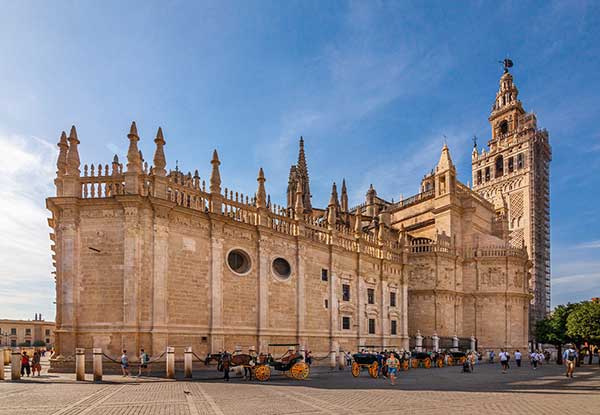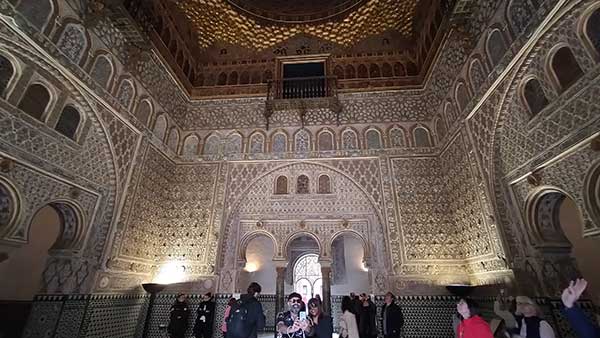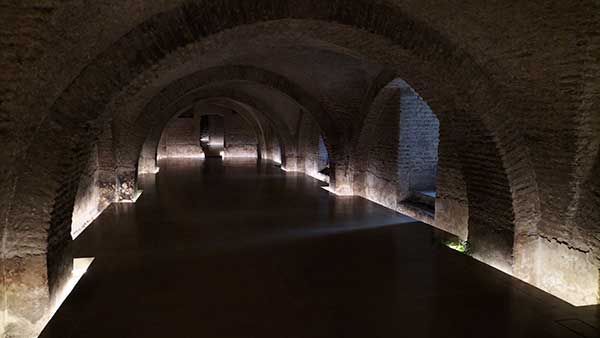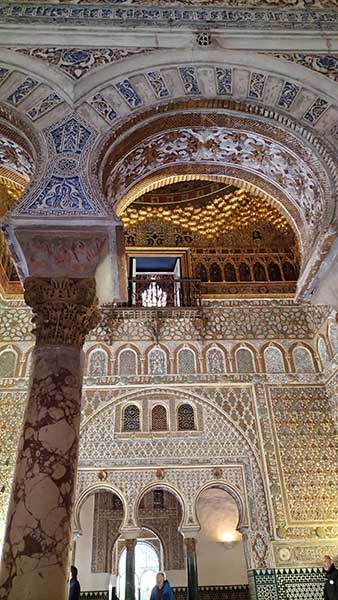In his piece in The London Review of Books on Richard Seymour’s book Disaster Nationalism:The Downfall of Liberal Civilisation, Daniel Trilling talks about the politics of resentment that fuels much of the current rise of the far right across the world. Jair Bolsanaro had a Gabinete do Odio – an office of hate; British politicians on the right have spoken about an invasion of migrants; Trump fomented violent insurrection by conspiracy theorists and far-right militia groups in an attempt to cling to power following his 2020 defeat by Joe Biden, and was ultimately rewarded with a second term in office four years later. Seymour suggests that in Morendra Modi’s India the belief prospers that ‘frustrated middle classes will reap the benefits of growth if life is made intolerable for their Muslim neighbours’. Boris Johnson compared Muslim women wearing the burka to letterboxes and one of the key slogans of his forlorn campaign to cling to power was Stop The Boats, covertly designed to read alternatively as Keep Muslims Out of Britain. And so on.
On a bus last summer I sat near a man of Middle Eastern appearance sitting a few seats away with his infant son. His son repeatedly exclaimed excitedly ‘Daddy can we go now?!’ The bus was on Hastings sea front; the pier was close by. When the bus stopped the child practically dragged his father down the stairs with cries of ‘Daddy let’s go!’ As the bus pulled away an elderly man turned to his wife and said with undisguised contempt, ‘He’s taking his son to Friday prayers’. The Hastings Mosque is three-quarters of a mile from the pier, in the opposite direction. His wife replied indignantly, ‘They were sat right behind us’. It was as if a man taking his son to the amusements on the pier posed a dire existential threat or carried a potential contagion.
As a child born in the 1950s I was notionally brought up a Christian. Neither of my parents was remotely devout but at the minor public school I went to in Kent between 1966-1971 we were expected to go to chapel each morning and the services would end in a recitation of the Lord’s Prayer. By the time I was sixteen my friends and I were having none of this. We had been exposed to the Beatles and the Rolling Stones, the Grateful Dead, International Times and Monty Python. Disdain for the old order in its many guises was the order of the day. We would either sit while everyone else stood for the prayer or recite our own version that began ‘Our father who art in Hendon, Harold be thy name’, and ended ‘For Evelyn and Ethel are men’. It was a juvenile prank but it had its effect, signalling to our overlords, regarding us with haughty disdain in the back row of the chapel, that we were no longer in thrall to their vacuous pomp, palpable in its insincerity. On both a local and national scale the social and cultural turbulence of the 1960s, and the cynicism engendered, accelerated the final stages of the decline of Britain as a religious nation.

In Seville in southern Spain the Roman Catholic cathedral and the Moorish Alcazar Palace stand in close proximity. On a recent visit I explored both. Though undeniably architecturally impressive the cathedral had the only too familiar air of melancholy, regret and resignation in defeat associated with mainstream Christianity. The iconography is depressing. A man nailed bleeding to a cross. A woman holding her baby, her eyes downcast, seemingly resigned to caring for a child she didn’t know she wanted. (This was a woman, let’s not forget, who it is claimed was a virgin at the time of her conception. God forbid, literally, that she should have sex in order to bring into the world the son of God. She survives now as a monument to fear of, and contempt for, women and the puritanical disdain for the ‘sin’ of sexual intercourse. Maybe that explains her demeanor. She is burdened with the responsibility of giving birth to a prophet, yet without the fun bit. And how would she explain all this to her husband?) Extravagantly attired elders (‘wise men’ and kings) look on with weary pity as if to say it’s all such a shame but such is the way of the world. Everywhere hands are clasped in ecstatic piety. A hushed silence speaks of enforced reverence for a jealous, vengeful and narcissistic deity whose alleged son is frequently depicted not as a man from Judea, where the bible tells us he lived, but with long blond hair and blue eyes, resembling the curiously effeminate guitarist in an Aryan rock band. Everything speaks of a mashup of barbaric brutality and kitsch schmaltz. And in the midst of all this, a gigantic altar piece sixty metres high and thirty metres wide, made of wood and covered in gold leaf, ‘sourced’, ie stolen, from Central America. Work on it began in 1482 and was crafted at a time when peasants in what would have then been the surrounding villages lived in dire poverty, liable to pay a tithe to the Church in the form of labour or agricultural produce.
The contrast between this monument to hypocrisy and exploitation and the Alcazar Palace of the Moors is striking. Although it may have come at an extravagant cost for the local populace similar to that of the cathedral, it tells a very different story. Islam generally forbids the representation of human form in its public works, this being considered disrespectful to God: Allah forbids iconography. Instead its palaces and places of worship are decorated with intricate mosaics of astonishing geometric complexity and, in Southern Spain, the distinctive Andalusian decorative tiles, with motifs drawn from the natural world: literally signs of life. Its vaulted halls and chambers exude an air of dignity and tranquillity in sharp contrast to the muted hysteria of the cathedral. While churches and cathedrals can provide a welcome space of calm and quiet amid the bustle of life, they can also be gloomy and oppressive, robbing the visitor of joy and optimism, while the interiors of palaces such as the Alcazar project calm and serenity of a different order. If all this sounds patronisingly exoticist, or seems to be part of an apologist polemic, that is unfortunate. This is not about politics or religion but aesthetics and semiotics – the ways in which signs and symbols work on the mind of the observer. As such, the semiotics of the cathedral and the Moorish palace seemed to be diametrically opposed. In the former, superstition and irrational belief appeared to reign supreme. In the palace, the life of the mind was alive and well in Andalusia, and available to all. Add to the ambience of the Alcazar the peacocks and water organ in the expansive gardens – a truly intriguing feature playing a somewhat bizarre melody once an hour – and the whole thing begins to become a bit surreal. Truly, a wonder of Europe’s medieaval age.
The Moors entered southern Spain – which they named Al-Andalus – from North Africa in 711 CE. During their long reign they introduced astronomy, geometry, philosophy, chemistry, physics and mathematics, paper and Arabic numerals. Education was available to all. In Cordova, the Moors’ capital, streets were paved and lit at night. There were public baths and libraries. Muslims, Christians and Jews co-existed with minimal friction.
In the preface to his book The Moors in Spain, published in 1888, British orientalist and archaeologist Stanley Lane-Poole writes that
For nearly eight centuries, under her Mohammedan rulers, Spain set to all Europe a shining example of a civilized and enlightened State…Art, literature, and science prospered,
as they then prospered nowhere else in Europe. Students flocked from France and Germany and England to drink from the fountain of learning which flowed only in the cities of the Moors. The surgeons and doctors of Andalusia were in the van of science : women were encouraged to devote themselves to serious study, and the lady doctor was not unknown among the people of Cordova. Mathematics, astronomy and botany, history, philosophy and juris-prudence were to be mastered in Spain, and Spain alone.
Poole goes on to describe how Christian crusaders later decimated Moorish Southern Spain, an orgy of philistine destruction from which she would never recover – ‘So low fell Spain when she had driven away the Moors.’ Clearly Mr Poole was a fan of the impact of early Islamic culture on medieval Southern Europe. I doubt that now, almost 150 years later, he would have much support in those areas of Britain falling under the spell of Reform UK, with its openly bigoted and Islamophobic agenda. He certainly wouldn’t have appealed to the elderly couple repulsed by a Muslim man and his infant son travelling on a bus behind them during a school break.
The real kicker is the final indignity for the world of the Moors in Southern Spain: the Almohad mosque constructed between 1172-1198 was later converted, following the conquest of Seville by Ferdinand 111 in November 1248, into Seville Cathedral – a somewhat grandiose gesture of cultural appropriation and conversion. To their credit perhaps his followers left the major portion of the Alcazar standing – unlike the Romans, who trashed much of world of the Greeks following their own conquest in 200 BCE. The cathedral was larger than Hagia Sophia in Turkey and at the time the largest church in the world. A classic case of hubris and grandiosity gone mad.




.
Keith Rodway

Adroitly put young sir. I thought at first it seemed a little off-topic for a travelogue, but that was my mistaken preconception of what the topic would be. It’s very curious phenomenon, visiting the ‘Cathedral/Mosque’ in Cordoba/Cordova. What you encounter there, architecturally, seems to me a complete determination by the Christians to subdue and usurp the influence of the Moors, on that structure. Probably 70% of the land space – beautiful gardens, outer walls, gates, minaret and the mosque structure – is of Moorish construction. So, the only way the Christian 30% structure can dominate is to line the entire outer walls of the mosque with grotesque booths of Christian iconography, lit from floor to ceiling. The dramatic scenes of misery and suffering cast the beautiful vaulted ceilings, tiles and pillars of the mosque in darkness, projecting a sombre if not, oppressively evil presence to the Moorish architecture, you have to peer through with intensified attention to appreciate the beauty and imagine the beneficent community empowerment that went on there. Hardly a nod to the Jewish settlement, which was a dominant financial influence on the city. And Visi-who??? Only a small alcove of the mosque is lit, to give you a smattering of its beauty. When you enter the tiny Cathedral in the centre, you are suddenly bathed in the bright contrasting white light of ‘truth’ with the most expensive iconography, sculptures, paintings and a carved pulpit built atop a black-marble alighting eagle and prostrate white-marble bull straining its neck under the weight of the pronounced Christian ‘enlightenment’. To the side of this, stands five feet tall, a representation of a golden eagle, but made of pure undiluted gold. The whole of the Christian presence there SMACKS – with the loudest echos – of money money money.
Comment by Kendal on 17 August, 2025 at 7:34 amWhilst making some very good points, its worth observing that some of the gospels left out of the bible, that of Mary Magdalene in particular, were closer to the teachings of Jesus than some of those which were included. Mary taught that we have a direct communication with the divine Creator, on a cosmic, quantum physical and supernatural level, where churches and bishops and the hierarchy of “religion” were unnecessary. It was Peter and later the Council of Nicea and Emperor Constantine who established the hierarchy and imposing male authority, which became part of the Christianity we know today, and the somewhat depressive, sadistic and torturous nature of some of the iconology in churches and cathedrals you describe (though I would argue there is great peace and beauty to be found also, in stunning stained glass windows, architecture, stone work, acoustics and astonishing golden ratio designs).
Jesus immersed himself in the teachings of the Dharmas, Buddhists, Vedics and Druids of early Britain, giving him a holistic understanding of spirituality and healing, which he then imbued into his teachings. Mary fully comprehended the aims and goals of Jesus – where “the kingdom is inside”, and that was the essence of the real church..in the human heart and soul. In fact the plan was not to set up a religion at all, but break free from the oppressive religions that already existed at the time, a revolutionary rebellion against the Pharisees and Roman oppression. So they saw fit to shut down this avenue of truth and liberation, where there was no money to be made. In those harsh Roman times, a woman was either a wife or a prostitute, and as Mary was a highly evolved spiritual teacher, she was naturally cast into the catagory of the latter, castigated and maligned, her teachings suppressed for two millennia. Things could have been very different, had the feminine aspect of the twin flame been allowed to flourish, not least the travesty of crimes against children by the church, tolerated and covered up over the centuries.
Its also worth observing with some sadness that the Muslim man on the bus did not have his wife or daughter with him, to visit the mosque. Because ofcourse they would not be accepted as part of the main male occupied prayer process, something you do not address. They would be allowed to participate in a Christian church.
Maybe all the religions need to rethink their approach to the divine feminine, and the divinity within us all, which can set us all free from tyranny and oppression and bad authority, which is what Mary strove to teach.
Comment by Claire on 17 August, 2025 at 10:16 pm